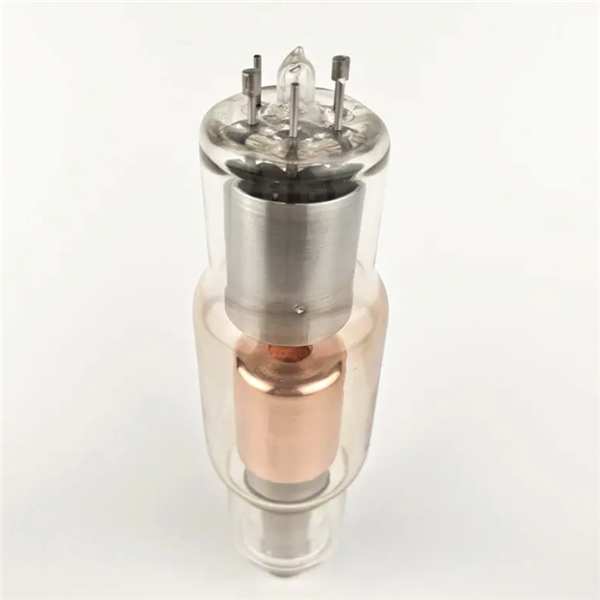Fixed anode X-ray tubes are an important component of medical imaging and play a vital role in generating high-quality diagnostic images. Due to their efficiency and reliability, these tubes are widely used in various medical settings. In recent years, however, there has been growing interest in the advantages of fixed-anode X-ray tubes in medical imaging. Understanding the advantages of fixed-anode X-ray tubes can provide valuable insights into their potential to enhance medical imaging processes.
One of the main advantages of fixed-anode X-ray tubes in medical imaging is their durability and longevity. Unlike fixed anode tubes, which are susceptible to wear due to the constant movement of the rotating anode, fixed anode tubes are designed to withstand extended use without significantly degrading performance. This durability not only reduces the need for frequent maintenance and replacement, but also ensures stable image quality over the long term.
Additionally, fixed-anode X-ray tubes have better heat dissipation capabilities than fixed-anode X-ray tubes. Fixed anode tubes are prone to overheating during prolonged imaging, which can result in reduced image quality and potential damage to the equipment. In contrast, fixed anode tubes are designed to efficiently dissipate heat, allowing for longer imaging times without compromising the quality of diagnostic images.
Additionally, fixed-anode X-ray tubes are known for their enhanced imaging capabilities, especially in high-resolution imaging techniques such as computed tomography (CT) scanning. The stability and precision of fixed anode tubes enable healthcare professionals to obtain detailed and accurate images, making them invaluable in diagnosing complex medical conditions and guiding treatment decisions.
Another significant advantage of fixed-anode X-ray tubes is their ability to provide consistent radiation output. This reliability is critical in medical imaging, where precise and consistent radiation doses are critical for accurate diagnosis and treatment planning. By maintaining a stable radiation output, fixed anode tubes help improve the overall safety and effectiveness of medical imaging procedures.
Additionally, fixed-anode X-ray tubes are generally more compact and lighter than fixed-anode tubes, making them easier to integrate into modern medical imaging equipment. Their smaller footprint and lighter weight not only facilitate the installation and operation of imaging systems, but also help improve mobility and flexibility in healthcare environments.
In addition to the technical advantages, fixed-anode X-ray tubes also bring economic benefits to medical institutions. Fixed anode tubes require reduced maintenance, last longer, and have lower operating costs over time, making them a cost-effective investment for medical imaging departments.
Although fixed-anode X-ray tubes offer numerous advantages, it is worth noting that both fixed-anode and fixed-anode tubes have their own applications and advantages in medical imaging. The choice between the two types of X-ray tubes depends on specific imaging requirements, budget considerations and technological advances in the field.
In summary, the advantages of fixed-anode X-ray tubes in medical imaging are significant and have the potential to improve the quality, efficiency, and safety of diagnostic imaging procedures. As technology continues to advance, adoption of fixed-anode X-ray tubes is expected to grow, providing healthcare professionals and patients alike with the benefits of improved imaging capabilities and cost-effective solutions.
Post time: May-06-2024



